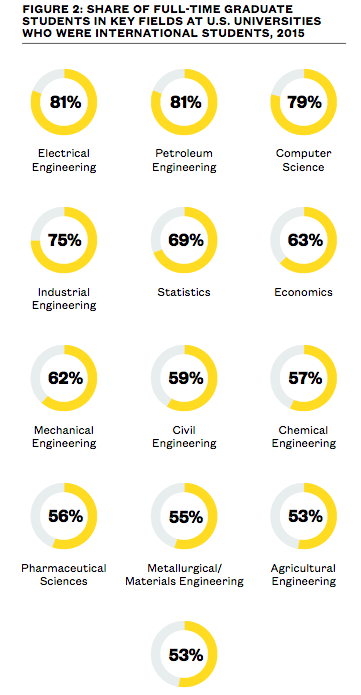The Department of Homeland Security is set to issue a final rule to take effect on October 2, 2020 raising the filing fees on applications for permanent residency, citizenship, employer petitions for foreign workers, and humanitarian protections for abused, neglected or abandoned juveniles, for victims of domestic violence, human trafficking and other crimes, and for asylum seekers.
These fee increases will make it far harder for low-income individuals to apply for immigration benefits for which they are eligible. In 2019, even before the coronavirus pandemic, nearly 40% of U.S. households were challenged to cover an unexpected $400 expense, and nearly 30% were barely able or were unable to pay all their monthly bills, according to the Federal Reserve.
Here are just some of the fee increases that will affect Maine’s employers and U.S. citizens and permanent residents:
- Petition for specific H-2A temporary agricultural workers: from $460 to $850, an 85% increase
- Petition for specific H-2B temporary non-agricultural workers: from $460 to $715, a 55% increase
- Permanent residency application, with accompanying application to work: from $1140 to $1680, a 47% increase
- Application for U.S. citizenship: from $640 to $1170, an 83% increase
- Work permit application: from $410 to $550, a 34% increase
In addition, the U.S. for the first time will make asylum applicants pay to seek asylum, becoming only the fourth country in the world to do so, joining Iran, Fiji, and Australia. And asylum seekers will no longer be able to request their first work permit for free. Instead, even though beginning on August 25, 2020, their wait time for eligibility to request a work permit will double from 180 days to a full year after they apply for asylum, asylum seekers will be expected to pay the filing fee – despite having had no means to legally work and earn money to pay the fee.
The rule also eliminates fee waivers for many categories of applications, and makes those waivers far harder to get. Under the rule, asylum seekers cannot request a fee waiver to apply for asylum or for their first work permit – which can reasonably be viewed as an attempt by the administration to dissuade those fleeing persecution from seeking safety in the U.S.
The new filing fees will make it far more expensive for U.S. employers to petition for many foreign workers, and will make it harder for low income immigrants to be able to apply to get protection, work permits, permanent residency, and citizenship, all applications that add to family stability and can improve income status and civic participation.


